Price: Starts from ₹ 61,000
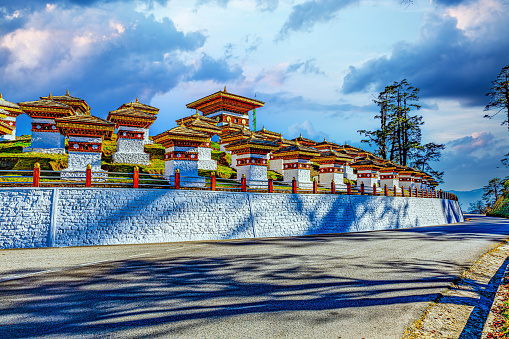
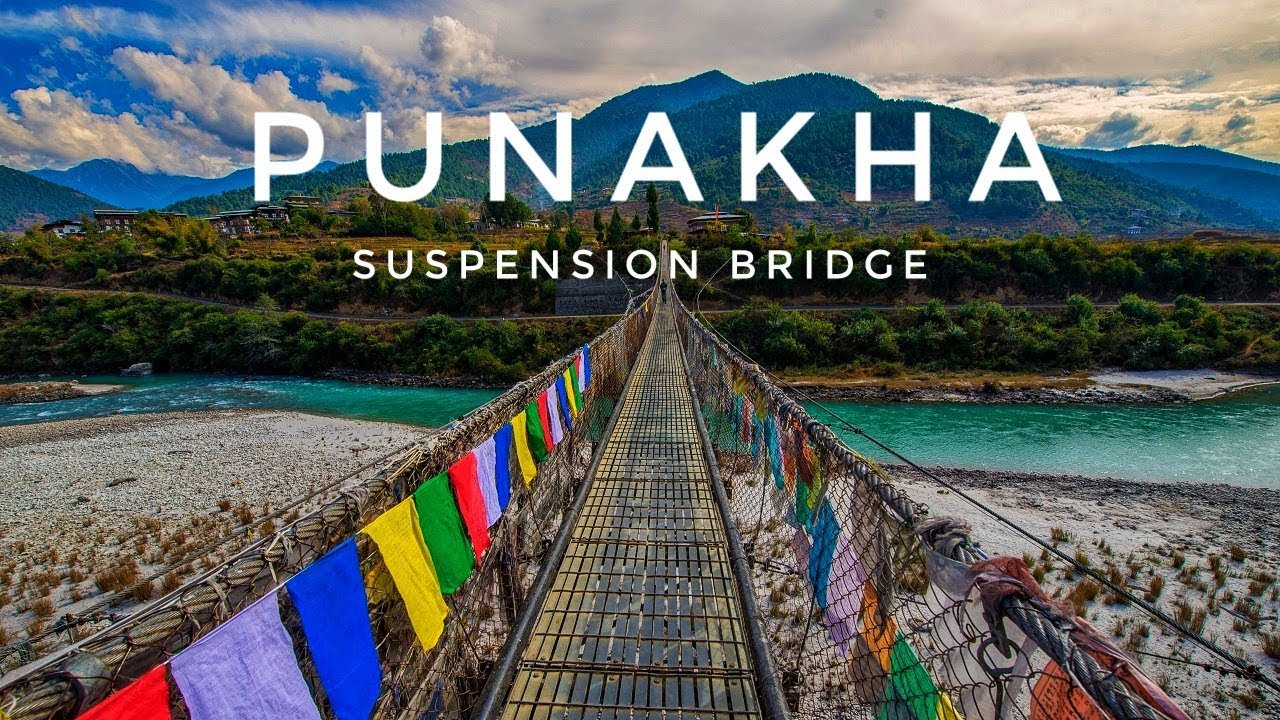
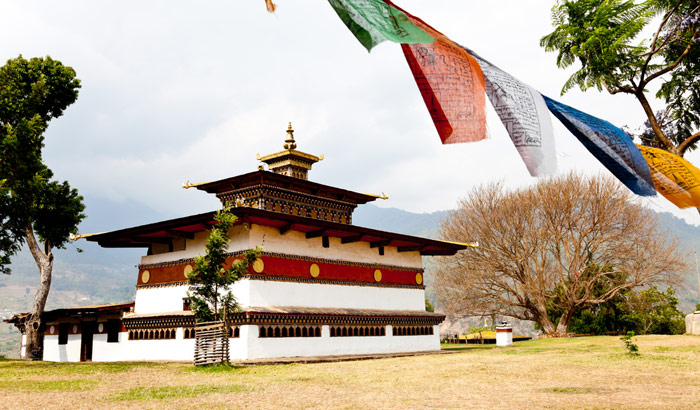
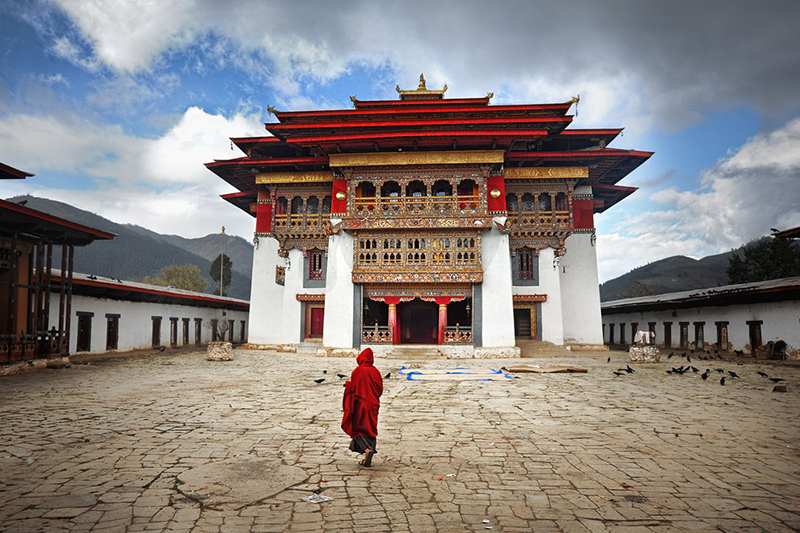
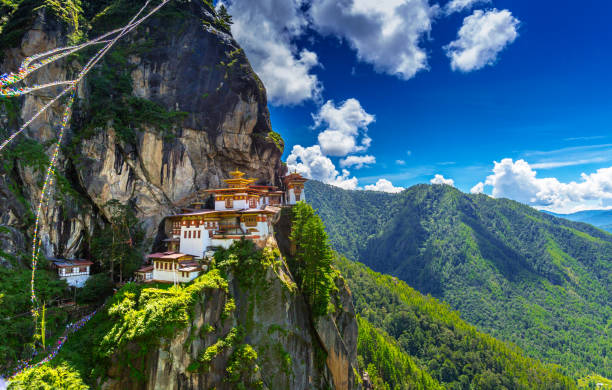





| Departure Dates | Anytime |
|---|---|
| Tour Code | TOUR194 |
| EX | Paro |
| Vehicles Used | Resrved Vehicle |
| Duration | 6 Nights / 7 Days |
| States/Countries Visited | Bhutan |
| Places Visited | Paro,Thimphu,Punakha,Phobjikha. |
| Best Time To Visit | Anytime |
| Category | Standard | Deluxe | Super Deluxe | Luxury | Premium |
|---|---|---|---|---|---|
| World Tour | ₹61,000 | ₹71,000 | ₹84,000 | ₹93,000 | ₹104,000 |
Accommodation on twin sharing as per the hotels and rooms mentioned
Breakfast & dinner in hotel
Paro Airport pickup & drop
Transportation & sightseeing as per the itinerary
English speaking guide for the entire duration
Sustainable Development Fees for 5 nights & 6 days stay in Bhutan
E-Permit process and arrangement for 6 days in Bhutan
Complimentary bottle of water per head
Flight Fare of any kind
Lunch, tea, snacks, etc.
Entrance/Monument visiting fees
Any alcoholic/nonalcoholic beverages
Other personal expenses/shopping
Travel Insurance must cover COVID expenses
Gratuities to guide and driver
Outdoor activities (Cycling, River Rafting, Motor Biking, Horse Riding, Cultural Program etc)
GST 5%
TCS applicable as per Government rules.
| Departure Dates | Anytime |
|---|---|
| Tour Code | TOUR194 |
| EX | Paro |
| Vehicles Used | Resrved Vehicle |
| Duration | 6 Nights / 7 Days |
| States/Countries Visited | Bhutan |
| Places Visited | Paro,Thimphu,Punakha,Phobjikha. |
| Best Time To Visit | Anytime |
| Category | Price |
|---|---|
| Standard | ₹61,000 |
| Delux | ₹71,000 |
| Super Delux | ₹84,000 |
| Luxury | ₹93,000 |
| Premium | ₹104,000 |
| Day 1: Day 01: Arrival In Paro To Thimphu (1.5 Hrs) |
|---|
| Fly on the wings of the Dragon to Bhutan, on arrival in Paro International Airport, complete the immigration formalities and exit through only one arrival gate where our dedicated team will welcome you with khaddar and proceed to Thimphu which will take about an hour and half. The route will follow Paro River until Chuzom from where we will bend towards Thimphu river taking us to the heart of capital city Thimphu. The entire stretch of drives is very scenic and picturesque as we pass by some of the beautiful villages of Bondey, Shaba, Isina etc until we enter welcome gate in Thimphu. En-route we will stop over Tachogang Lhakhang: En-route to Thimphu, stopover for little leg stretch walk crossing Paro River or enjoy the views from the roadside depending your arrival time. We will explore the city by walk: If time permits, walking through the city gives you immense joys and understanding of modern city. Good option for imported garments and local souvenir, beside unique local handicrafts. Thimphu offers mixed style of personalities taking the street walk in Thimphu- only city in the world without traffic lights. Overnight in Thimphu, altitude 2400m |
| Day 2: Day 02: Thimphu Sightseeing |
| Thimphu- This bustling little city is the main center of commerce, religion and government in the country. Thimphu is the most modern city with an abundance of restaurants, internet cafes, nightclubs and shopping centers. However it still retains its cultural identity and values amidst the signs of modernization, often referred as world only city without traffic lights. Textile Museum: The National Textile Museum which opened in June 2001, is worth a leisurely visit to get to know the living national art of weaving. Changing exhibitions introduce the major weaving techniques, styles of local dress and textiles made by women and men. The small shop features work from the renowned weaving centers in Lhuntshe Dzongkhag, in north-eastern Bhutan. Each item is leveled with the name of the weaver and price. The textile museum's exhibition are centered around six major themes - warp pattern weaves, weft pattern weaves, role of textiles in religion, achievements in textile arts, textiles from indigenous fibers and the royal collection. Visit Buddha viewpoint: The Buddha Dordenma is located at a top of the hill in Kuensel Phodrang Nature Park and overlooks the southern entrance to Thimphu valley. Drive pass by Memorial: It is located close to the center of Thimphu city and is one of its most iconic monuments. Visitors will find elderly Bhutanese people circumambulating the Chorten throughout the day. The National Memorial Chorten was built in memory of Late Third King of Bhutan and dedicated to World Peace. Third King is regarded as father of modern Bhutan. Visit interesting weekend market: An interesting well-organized permanent set of stalls built for vegetable vendors across the country. Its open from Wednesday to Monday and closed on Tuesdays. One can find wide range of local vegetables and fruits. Witness ongoing live archery matches in Changlimithang: Archery is the national game of Bhutan, it is amazing to see Bhutanese archers hitting target from a distance of 145 meters range. Bhutan has top archers on some categories on Olympic Games. Overnight in Thimphu |
| Day 3: Day 03: Thimphu To Punakha (3 Hrs) |
| Start the most scenic drive to Punakha from Thimphu over Dochula pass which takes about two hours. After the break at Dochula, the road descends into Wangdue and Punakha taking us to one of the warmest places of Bhutan. Dochula pass: The pass is at a popular location as it offers a stunning 180 degree panoramic view of the Great Himalayan mountain ranges. The view is especially scenic and very clear on winter days with snowcapped mountains forming a majestic backdrop to the tranquility of the 108 Chorten gracing the mountain pass. Lamperi Botanical garden: The Park has many varieties of plants, herbs, birds and animals. If you visit between April and June, you can find about 38 out of Bhutan's 46 species of rhododendrons and spot some of the 220 species birds. This park is one of the must visit place for birds and nature lovers. You may enjoy the hot packed lunch here if you had planned picnic. Punakha Dzong: Built in 1637 by Zhabdrung Ngawang Namgyal, the Dzong was named Druk Pungthang Dechen Phodrang (Palace of Great Happiness). Punakha is still the winter residence of Je-Khenpo religious head of Bhutan. King Jigme Dorji Wangchuck convened the first National Assembly here in 1952. This is one of the finest and must see Dzong of Bhutan. The Dzong stands in between meeting point of two rivers, Phochu and Mochu making the most photogenic Dzong of Bhutan. Visit Punakha Suspension Bridge: Punakha suspension bridge is considered one of the longest of its kind in Bhutan. The bridge connects the Dzong with the villages Shengana, Samdingkha and Wangkha on the other bank of the Po Chhu river. In these small villages, locals sell their wares in tiny, traditional shops. Visitors can stop here for a quick and authentic view of true Bhutan. In order to access the suspension bridge from the Dzong, one must walk past the King’s palace and the cremation ground. Overnight in Punakha, altitude 1350m |
| Day 4: Day 04: Punakha To Phobjikha (3 Hrs Drive) |
| The road to Phobjikha passes through old town of Wangdue taking us through the black mountain region into Gangtey. The drive also passes through some of the most beautiful forests, water fall, hills, river and villages and Lawala pass before stepping into Phobjikha. Chimi Lhakhang, Temple of fertility: This temple is known as the temple of fertility. It is widely believed that childless couples can visit this temple to pray for better fertility to conceive the child. There are stories and incidences that many visitors dream came true however one must truly need to believe and follow the lama’s instruction. The hike though the lovely villages of Mesina gives truly amazing experience. Enjoy the gentle walks from the road head. Visit Gangtey Gompa: The temple built over hill top, headed by Gangtey Tulku the reincarnation of Pema Lingpa. This is also the place for black necked crane’s festival held every year on 11-Nov, coinciding with His Majesty’s Fourth King’s Birthday. Gangtey Nature Trail: It is a short and relatively easy trek with several beautiful villages and monasteries en route. It offers beautiful views of the country with mostly gentle, forested slopes. The best time for this trek is between September-May, walk not recommended on rainy days. Crane center: This place is run by the Royal Society for Protection of Nature (RSPN) and has an observation room with high-power telescopes and good scope for spotting the famous Black Necked Cranes which migrates to the region during winter. It also displays information about the history of the region. Farmhouse visit with dinner with locals: This experience is a particularly fun and spontaneous way to connect with the local community and learn about Bhutanese culture and way of living. Overnight in Phobjikha, altitude 2900m |
| Day 5: Day 05: Phobjikha To Paro (5 Hrs Drive) |
| As we say good bye to the Asian Switzerland, we will retrace the journey back to Thimphu crossing over Lawala, Wangdue, Dochula, up until Chuzom and further to Paro. The entire stretch of drive will refresh your mind and give you second chance to enjoy the great snowcapped mountain views of the Himalayas. Visit 17th century Paro Dzong: 'Fortress on a Heap of Jewels’, is ranked one of the best Bhutanese architecture. The massive buttressed walls that tower over the town are visible throughout the valley, particularly when landing at Paro Airport. The Dzong also offers administrative seat of the district of Paro. The Dzong was built in 1644 under the order of Zhabdrung Ngawang Namgyal. Ta Dzong unique national museum: Perched above Paro Dzong it was watchtower built in 1649 to protect the undefended Paro Dzong located below, renovated in 1968 to house the National Museum. Today this museum houses the best collections of all time historical items making worth for a visit. Explore the tiny town: Tiny Paro town actually can offer lot more, there are many authentic handicraft shops, readily available Bhutan made products, grocery and imported garment shops beside having many small restaurants around. Overnight in Paro, altitude 2200m |
| Day 6: Day 06: Paro Sightseeing |
| This picturesque region in the kingdom is covered in fertile rice fields and has a beautiful, crystalline river meandering down the valley. Paro has more of historical sites, high-end tourist resort and many souvenir shops for shopping including world famous Takstang. Taktsang Monastery (Tiger Nest Temple): is Bhutan’s most iconic landmark and religious Buddhist site in the world. The name Taktsang translates to “The Tiger’s Nest”. The temple is one of the holiest sites in Bhutan which clings impossibly to a sheer cliff face 900 meters above the valley. Although good trekkers can make it to the top in two hours, most of the guests take whole day to complete the hike. Kyichu Lhakhang: Temple considered sacred Jewel of Bhutan was established by the Buddhist King Songstsen Gampo of Tibet to overcome the giant ogress that laid across Tibet and Himalayas preventing the spread of Buddhism. The king is believed to have built the temple at the left foot of the enormous ogress. Kyichu Lhakhang was among 12 temples in Bhutan out of 108 temples said to have been constructed over single night. Kyichu Lhakhang was initially small in size however later, the temple expanded both in grandeur and size to its form that we see today. Overnight in Paro |
| Day 7: Day 07: End Of The Tour |
Accommodation on twin sharing as per the hotels and rooms mentioned
Breakfast & dinner in hotel
Paro Airport pickup & drop
Transportation & sightseeing as per the itinerary
English speaking guide for the entire duration
Sustainable Development Fees for 5 nights & 6 days stay in Bhutan
E-Permit process and arrangement for 6 days in Bhutan
Complimentary bottle of water per head
Flight Fare of any kind
Lunch, tea, snacks, etc.
Entrance/Monument visiting fees
Any alcoholic/nonalcoholic beverages
Other personal expenses/shopping
Travel Insurance must cover COVID expenses
Gratuities to guide and driver
Outdoor activities (Cycling, River Rafting, Motor Biking, Horse Riding, Cultural Program etc)
GST 5%
TCS applicable as per Government rules.